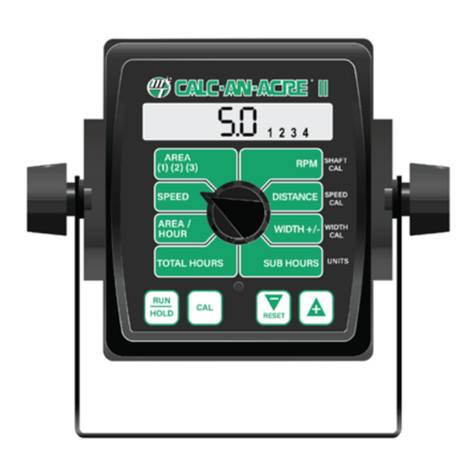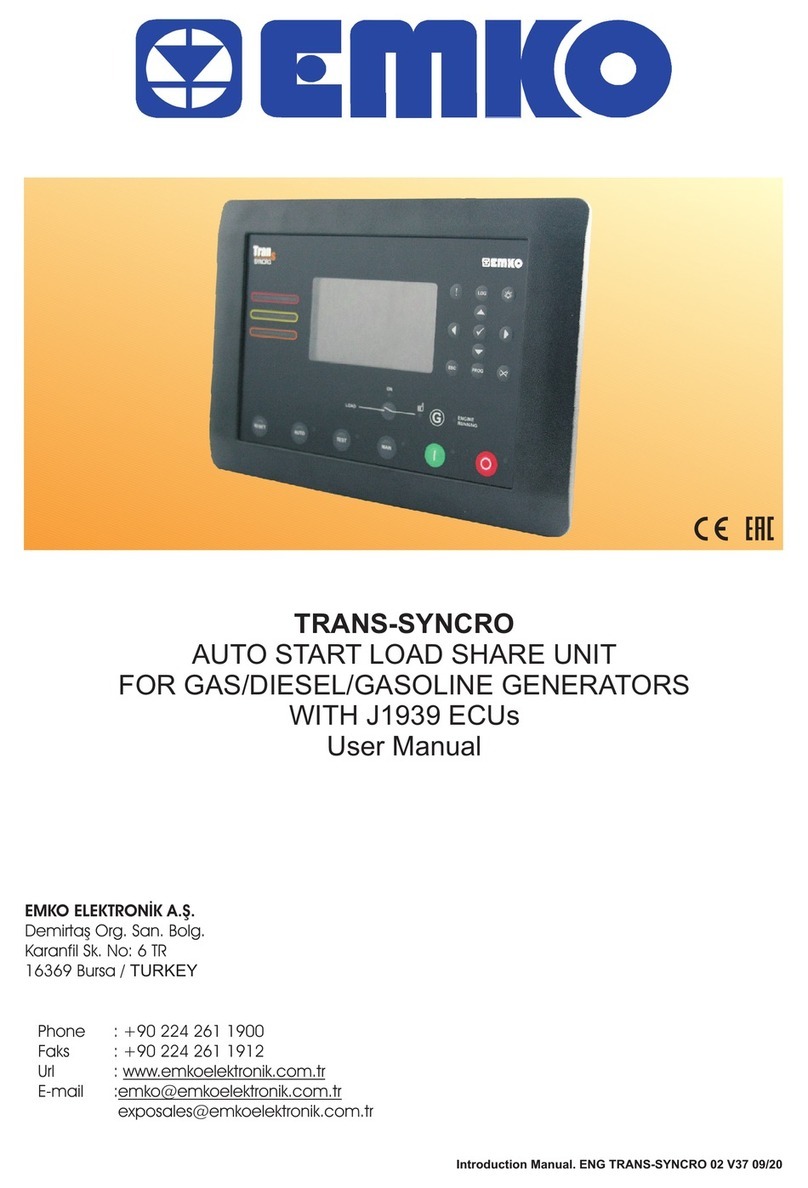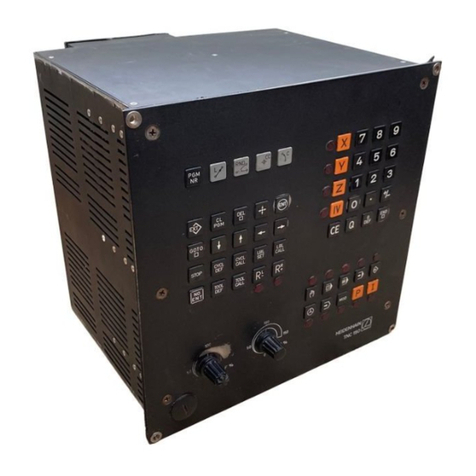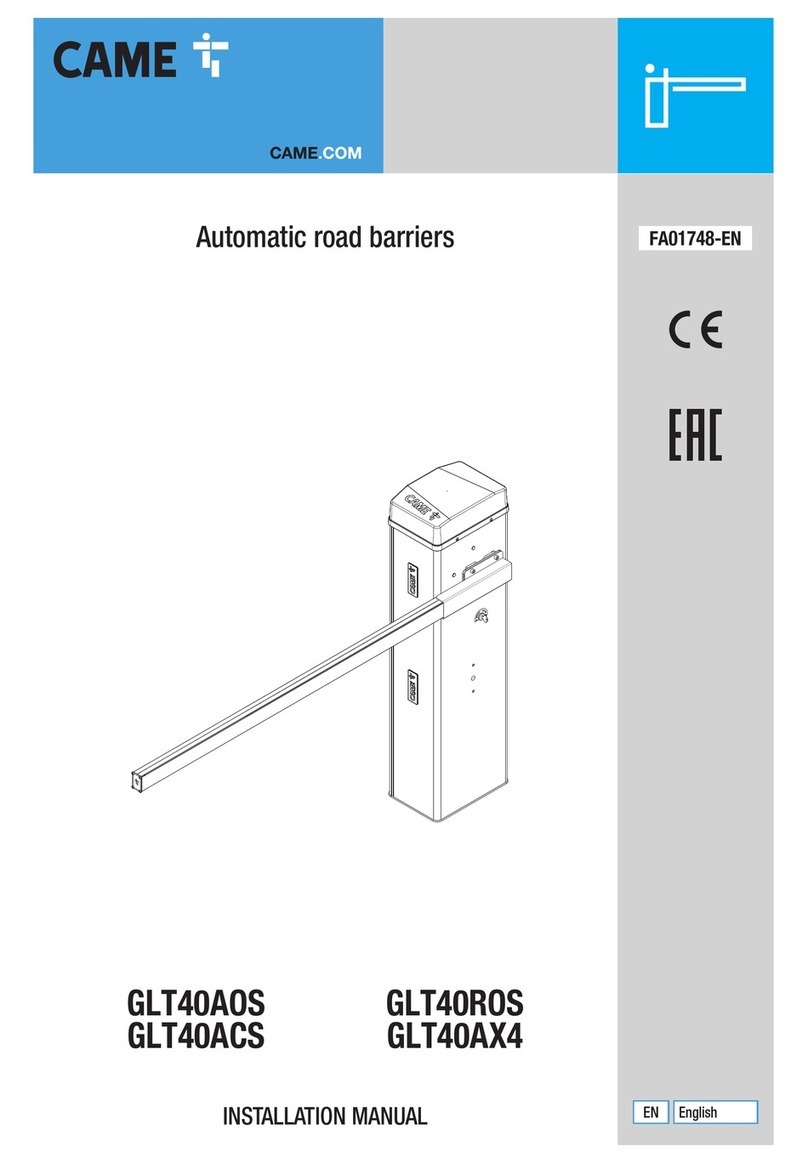
ChA/B - Ins frames: here are available the controls for the use of a 1024 Taps FIR located on the Input
path, which has been added mainly for being use for PHASE CORRECTION purposes, there where used
together with the “Wizard process embedded in the LPP240A Sw (see NOTE A), able to control a
measurement process bringing to the calculation of the necessary coefficients for the phase
linearization of a 2 way system, which in the case of the LPP240A can be identified as being a system
processed by any of the 4 Inputs and 2 of the 8 available outputs.
Nevertheless, the FIR on the input paths can also work with coefficients loaded by external files and
generated by Third Party Sw able to generate FIR coefficients. In this case, the FIR turn to be a 1024
Taps standard FIR, which can be loaded with any sort of coefficients for getting any sort of result
(PEQ, Min Phase, Lin Phase, etc.). For the use of the external coefficients, need to generate them as
text files and import them. See the details on the NOTE B.
- izard: this control is launching the “Wizard Sw for the related FIR (see NOTE A for the Wizard Sw)
- FIR Import: here external coefficients can be imported into the FIR. Pressing the “FIR Import
button, the following window open and from the clicking on the LOAD icon, a .txt file (see NOTE B)
with the Third Party calculated coefficients can be imported.
The Amplitude and Phase responses can be seen on the graphic which will show the characteristics of
the imported filter.
- View FIR: once imported, or even internally generated, the FIR coefficients, the response of the FIR
can be seen recalling it on graphic just pressing the 'View FIR button.
- Byp: this check box is useful for making the loaded Fir Active or not. When not active, checked box,
the fIR is simply transparent on the related input path. The Byp can therefore be used as powerful
tool for A/B comparison between the system responses using or not the FIR.
Routing Ch Output to Output frame: Due to the availability on each input channel of the LPP240A of
a 1024Tap FIR for phase correction purposes (see later), the Unit has been conceived as a possible
unit able to provide 2 times of Mono Input processes with FIR for phase correction and two outputs
for driving a 2 ways Loudspeaker System. From this point of view, each pair of output channels (1/2,
3/4) can be seen as pair of outputs for driving a 2 ways system which input has its own processes and
its own phase correction FIR. In this perspective, has been chosen to give the user the possibility of
routing the pair of outputs to the physical outputs of the unit. This touting can be performed within
the “Routing Ch Output to Output frame.




























